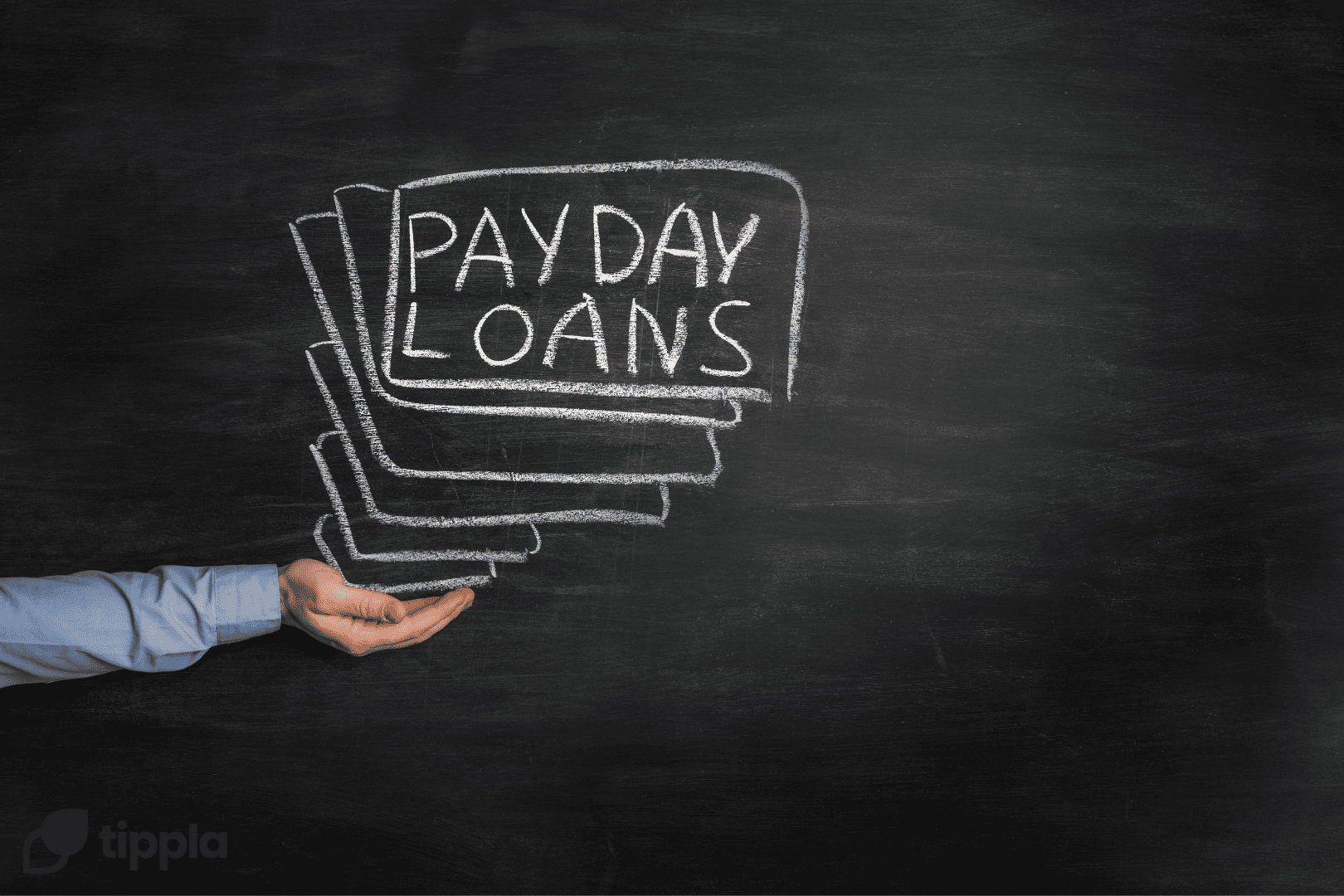Published in July 28, 2021
How to switch banks

Are you thinking of how to switch banks? Here’s a helpful guide to get you started.
Are you wanting to know how to switch banks? Well, the whole concept of switching banks is that you’re moving your funds from one account to a new account at a different bank. There are different reasons as to why you’d want to switch banks. Some banks have better customer service reviews, while some have better rates. Different savings account at different banks may have much higher interest rates. You might even have a moral or ethical reason for switching.
Luckily, switching banks isn’t hard, but there are some steps you have to follow to make sure the process goes seamlessly. Not following these steps could cause a headache for you and anyone you regularly make payments to. So have you been asking ‘how to switch banks?’ We’ve got the answers!
Step 1: Open a new bank account
Before switching banks, you’ll need to open a new checking/ savings account at the new bank. You can either do it in a physical branch or online. Make sure you research the best banks for your needs as well as the types of accounts you want to park your money in.
You’ll need to provide some information about yourself and anyone who will jointly own the account with you. You’ll also need at least one form of identification.
Depending on your bank, some may request a minimum deposit when opening your account. If your bank requires a deposit, you could withdraw funds from your old account to meet the minimum for your new one.
However, don’t withdraw all the cash in your old accounts until your new one has been created. Some banks may charge you a low-balance fee if your funds are under a certain amount.
Step 2: Set up direct deposit for your new account
If you have a direct deposit for your paycheck set up, then you’ll have to switch it over to your new bank. You could have the person in charge of your payroll do it for you. You may need to provide a voided check, similar to how you set up your direct deposit initially.
Your direct deposit may take a few weeks before it’s activated. During that time, your salary or wages will still go to your old account.
We recommend keeping your old bank account open until your direct deposit starts appearing in your new one. Otherwise, your deposit may be rejected and you could get have your pay delayed.
Step 3: Close your old bank account
Once you’ve confirmed that direct deposit is active for your new account, it’s time to close your old account. To do that, you’ll need to meet the following requirements:
– Your account must not be in the negative.
– Your account shouldn’t have any pending fees. All charges or deposits need to be cleared before closing the account.
– If your account is inactive, you might need to reactive it. All banks determine “inactivity” differently.
After completing those steps, you can then transfer your funds. You can make an electronic transfer to your new bank, receive the funds in the form of a check, or withdraw the funds as cash.
Now you can close your old account. You can either do it in person with your branch or by calling your bank directly. If you use an online-only bank, you may be able to close the account from the website, but brick-and-mortar banks typically don’t allow this option.
Step 4: Updating your bank information
If you used automatic banking to pay your bills, you’ll need to log onto each provider’s website (or speak to one of their representatives on the phone) to update your details. Other organisations won’t be aware of your switch until you tell them.
Ensure your banking information is updated for any recurring charges, which include but are not limited to:
– Utility bills
– Credit card bills
– Loan payments
– Insurance payments
– Charity donations
– Retirement account contributions
– Digital asset and cryptocurrency purchases
For more information about banking, and information on how to switch banks, head to the Moneysmart website.
Want to learn more about banking? Read more about the different types of bank accounts here! Or you could read up on car insurance rates for new drivers!
Tippla allows you to check and improve your credit score. Sign up today!
While we at Tippla will always do our best to provide you with the information you need to financially thrive, it’s important to note that we’re not debt counsellors, nor do we provide financial advice. Be sure to speak to your financial services professional before making any decisions.
Related articles

The Ultimate Guide to Secure and Private Streaming
29/10/2024
These days, streaming has become a daily activity for...

How To Provide 100 Points Of ID For An Identity Check
28/07/2021
100 points of ID – Why you need it...


Understanding Payday Loans in Australia
28/11/2023
Payday loans are a type of financial tool that...
Subscribe to our newsletter
Stay up to date with Tippla's financial blog